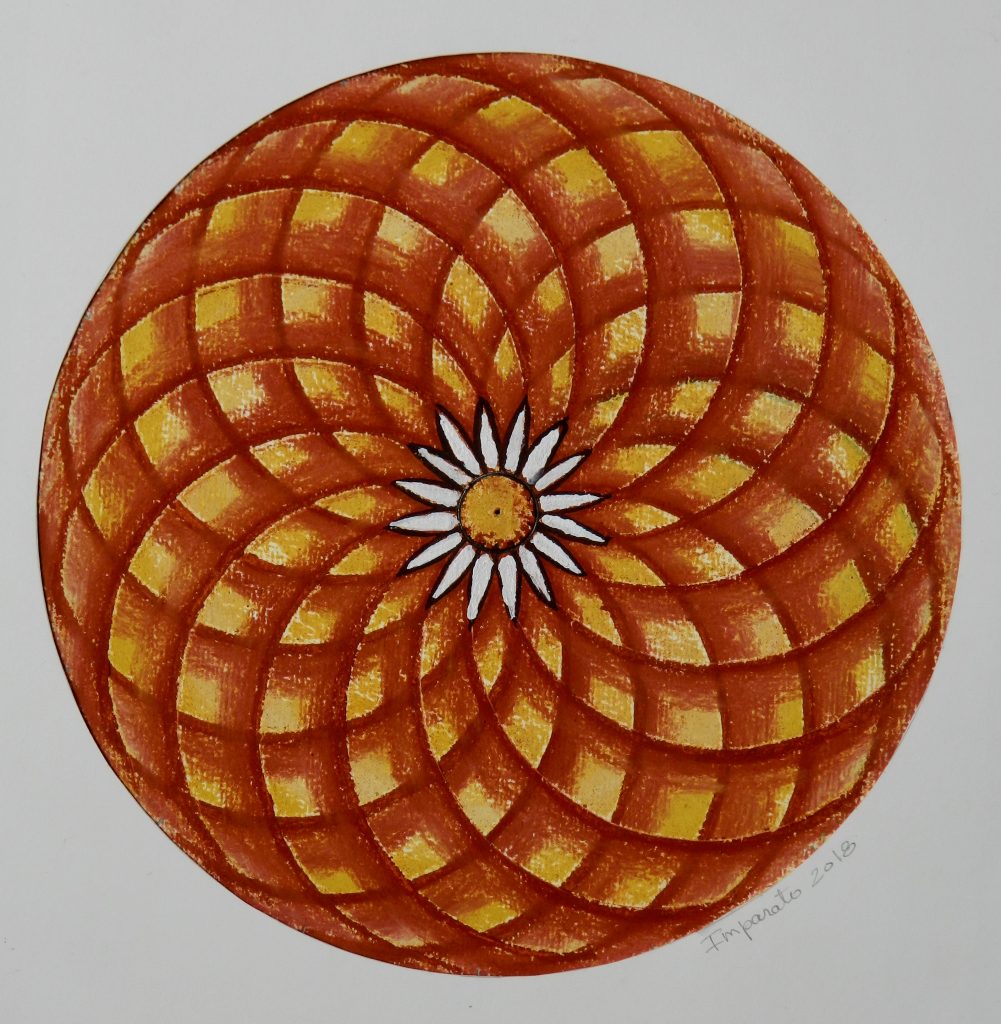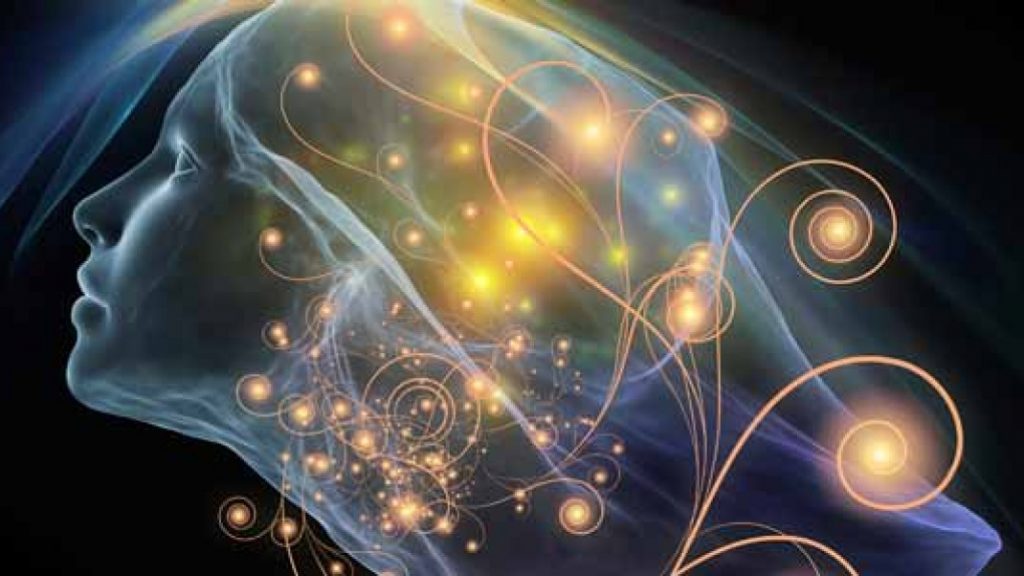The Sun of Darkness
Excerpt 1
As a culture or a civilization, we are undergoing a polarity switch between what we consider central or essential, and what we find to be peripheral or unimportant. The center and the periphery are, in other words, changing places. This is part of a larger epochal shift that we can best understand through a mythological and cosmological lens. In the simplest terms, the polarity switch is between prioritizing the material and seemingly objective external reality or the internal dimensions of consciousness and subjective awareness.
Sergio Magana is a Nahuatl, Aztec, Nagual (sorcerer) from Mexico who has written fascinating books including The Dawn of the Sixth Sun. Magana was trained by Nahuatl elders in Mexico City and carries their ancient knowledge forward into today’s world. According to this tradition, we are currently in a transition between what they call a “Sun of Light” and a “Sun of Darkness.” These transitions happen every 5,000 years or so, as our Solar System passes through different regions of the galaxy.
Magana’s perspective aligns with the Long Count calendar of the classical Maya. He believes that 2012 – 2021 represents the in- between phase as we transition from a Sun of Light to one of Darkness. During a Sun of Light, humanity explores the material and physical world, the exterior, or surface dimension. This includes materialist science and rational logic. As we plunge into a Sun of Darkness, however, we collectively dive back into the more evanescent realm of the dreamworld, into the shifting, shimmering waters of the Psyche. Reality, itself, becomes more psychically malleable; the world becomes increasingly like a waking dream. For those who don’t have an esoteric worldview, such a shift can be deeply destabilizing and disorienting, even fatally so.
From our current vantage point, I do think we can acknowledge a profound, still-deepening shift in the collective field of both the outer and inner worlds over the last decade. Everything has changed to such a degree that even the recent past seems sepia-toned, vaguely inaccessible. It is as if we have entered a different frequency, or in the esoteric philosopher GI Gurdjieff’s term, “octave,” of consciousness. It almost seems like humanity, as a whole, has embarked on a prolonged psychedelic trip together – a journey that may lead, eventually, into entirely unforeseen or previously concealed regions or dimensions of being.
What Karl Marx once noted about the innate tendency of modernity – “all that is solid melts into air” – now seems true across the board. Our environmental support systems, to take one example, have been destabilized to such a degree that all future bets are off. That our financial system is entirely evanescent, based upon collective faith, was starkly revealed by the massive crash of 2008, as well as by the rise of blockchain-based currencies able to generate vast fortunes without any known utility. An ongoing breakdown of outmoded patriarchal structures is underway as women join forces, amplifying their voices through the Internet. At the same time we witness the rise of “fake news” which impacts popular opinion and elections, and the new threat of “deep fakes,” doctored video and audio that can convincingly show any person saying or doing anything. Then there is Artificial Intelligence, CRISPR, three-dimensional printing, new technologies capable of reading our thoughts, total surveillance systems, and so on.
The Illustrations of Dallin Orr
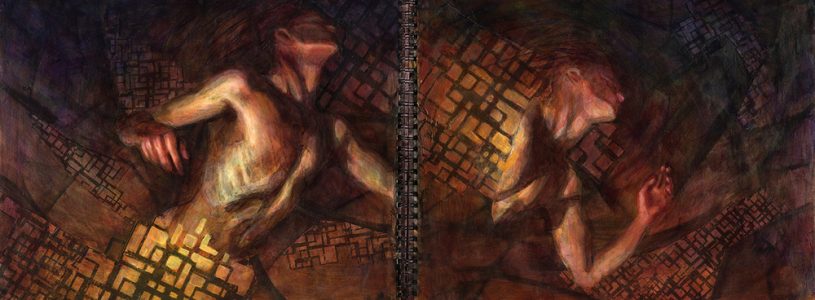
Dallin Orr is an award winning illustrator from Salt Lake City, Utah with a Master of Fine Art in Illustration from the University of Hartford.
He has been recognized in Society of Illustrators Los Angeles, 3×3, and Creative Quarterly. With five years of international stained glass mural design & painting experience, he currently works as a lead artist at Holdman Studios.
He is continuing to pursue experimental and comprehensive storytelling through collaborative and independent projects. https://www.dallinorr.com/

The felt sense that we have moved from a time of clarity to one of murky ambiguity, confusion and corruption is, of course, exemplified by the rise of the Alt Right. In many respects, its ascendancy has a dream-like, surreal quality to it. With their victory, it feels as if we have fully entered the realm of the hyper-real or what the French philosopher Jean Baudrillard called the Simulacrum.

Excerpt 2
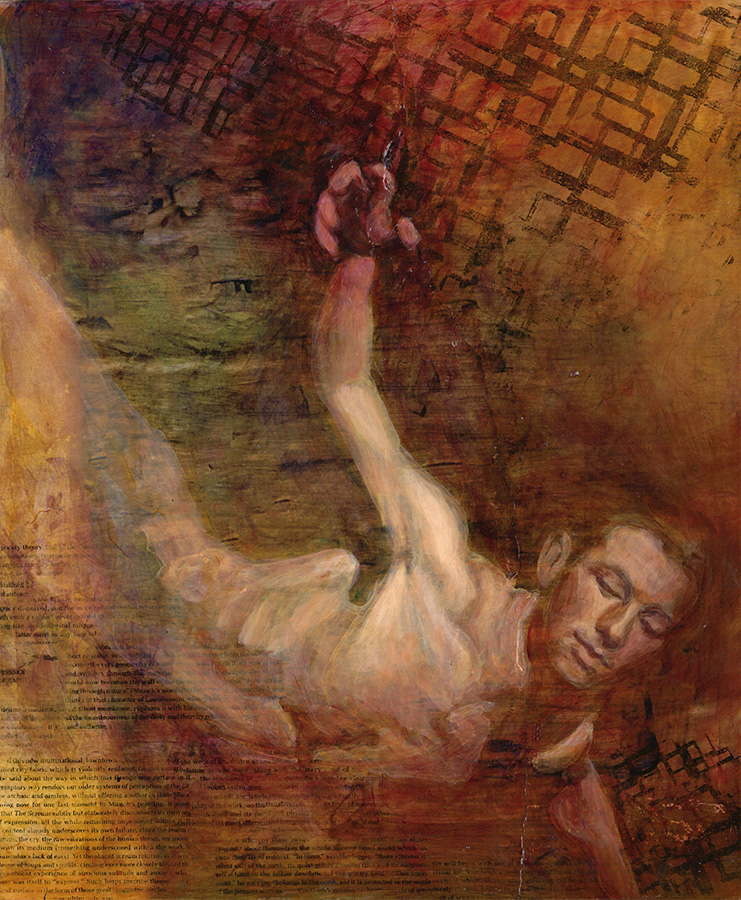
Of course, the Swiss psychoanalyst Carl Jung did the most, in the twentieth century, to reveal the dream-like nature of reality, which he saw expressing itself through synchronicities that reveal the bridge between mind and matter, as well as archetypal symbols and processes that unfold through both the individual and collective Psyche. Jung’s last book, The Flying Saucer Myth, focused on the epidemic of UFO sightings in the years following the end of World War Two. Noting the round shape of the saucers, Jung interpreted them as symbols of psychic wholeness – like the center of the mandala around which the Psyche spirals in dreams. He proposed that the prevalence of UFO sightings suggested we were approaching the crescendo of the Apocalypse. The word “Apocalypse” means uncovering, revealing; the “unveiling of the hidden thing.” For Jung, the inner meaning of the Apocalypse was not destruction but “the coming of the Self into conscious realization” – the incarnation of the complete human personality, comprising both dark and light, unconscious and conscious, elements.
In fact, until this point, the most compelling thinkers on the phenomenon of UFOs, Extra- or Infra-Terrestrials, and abductions have applied a psychological, psychic, or mythological perspective, rather than a literal one. UFOlogist Jacques Vallee linked alien abductions to ancient folktales in which humans trespassed or were cajoled into the realm of the fairy folk. He found these episodes belonged to “the domain of the in-between, the unproven, and the unprovable, . . . the country of paradoxes, strangely furnished with material ‘proofs,’ sometimes seemingly unimpeachable, but always ultimately insufficient. . . . This absolutely confusing (and manifestly misleading) aspect . . . may well be the phenomenon’s most basic characteristic.” He examined many accounts of abductions by faeries in the Middle Ages and noted that the contemporary accounts simply substitute a kind of faceless technological matrix for the more baroque aesthetics of the faery world.
A brilliant chronicler of the realms of the soul, the alchemical imagination, and the otherworld which he calls the “daimonic reality,” Patrick Harpur explores extraterrestrials and the abduction phenomenon through a framework that deconstructs our modern literalism which he finds flawed and limited. “We cannot see the world except through some perspective or imaginal framework – in short, some myth,” he writes in The Philosopher’s Secret Fire. “Indeed, the world we see is the myth we are in.” We easily forget that our model of the world is just one way of relating to reality, one picture or idea.
Literalism, in particular, blinds us from being able to envision the multiple or even myriad levels of reality that may exist simultaneously.
Excerpt 3
In the course of writing 2012: The Return of Quetzalcoatl, I kept returning to Nietzsche, who somehow reached a profound understanding of the invisible biases hidden within our language and thought, even without access to psychedelics. In his work, he relentlessly exposed these biases. His speculations meshed with my findings as I explored esoteric subject matter such prophecies, crop circles, psychic phenomena, and alien abductions. I would contemplate Nietzche’s provocations, such as this one: “Why couldn’t the world that concerns us—be a fiction? And if somebody asked,“but to be a fiction there surely belongs an author?”—couldn’t one answer simply: why? Doesn’t this “belongs” perhaps belong to the fiction, too?”
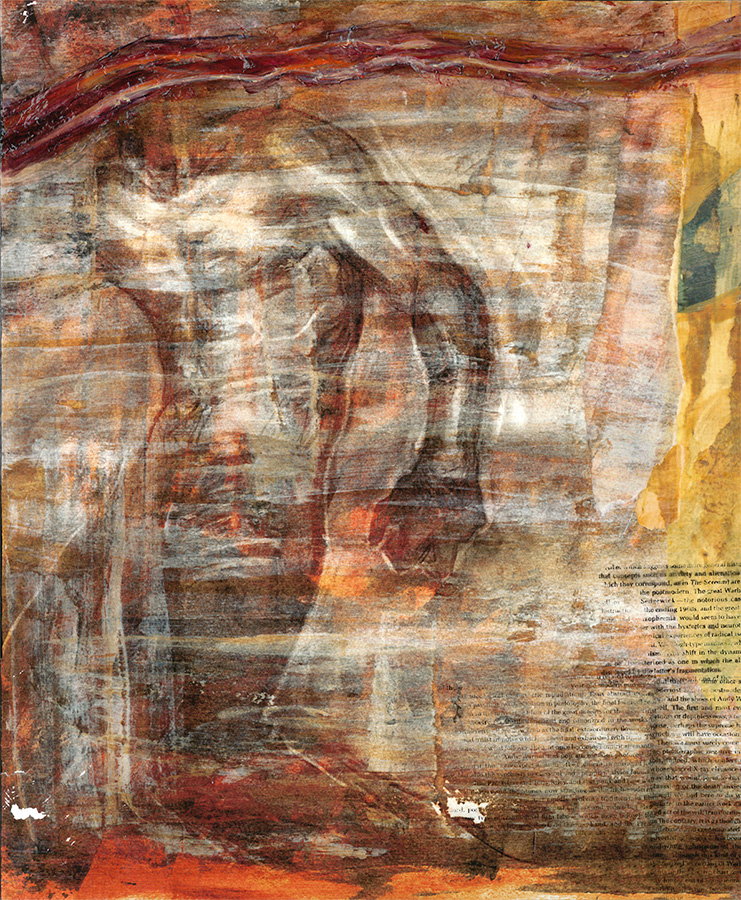
What I gleaned from my study of the crop formations is that there are extra- as well as infra-terrestrial and other-dimensional forces working with and for humanity, as well as those working against us. The technique for contacting these more benevolent forces requires, I believe, attaining a heightened state of humble receptivity, on the one hand, while on the other hand, finding an appropriate, active way to reach out toward them. In other words, melding the feminine, receptive, and masculine, active, aspects of ourselves in an occult investigation.
As Rudolf Steiner explored in depth in books like How to Know Higher Worlds and An Outline of Esoteric Science, when it comes to navigating what he called the “supersensible” realms, we are always in danger of projecting our shadow material and receiving contacts that mirror and amplify our darker aspects. In the individual’s journey toward initiation, in fact, such an episode is inevitable, and invariably frightening. Steiner calls it the encounter with the “Guardian of the Threshold.” While we meet the Guardian as a separate being, this entity reflects all of our darkest and most malevolent aspects.
Perhaps, if humanity and the Earth as a whole are undergoing a phase-state transition to a Sun of Darkness – a more psychic or lucid- dream-like level of reality, as the Aztecs foretold – we are currently confronting the Guardian of the Threshold collectively. It seems to be happening in politics, in the breakdown of our planetary ecology, in the exponentially malignant potential of futuristic technologies, and in the alien contact or abduction experiences that so many have recounted.
These excerpts are from Daniel’s recent self-published book, The Occult Control System: Ufos, Aliens, Other Dimensions, and Future Timelines and can be purchased here.



